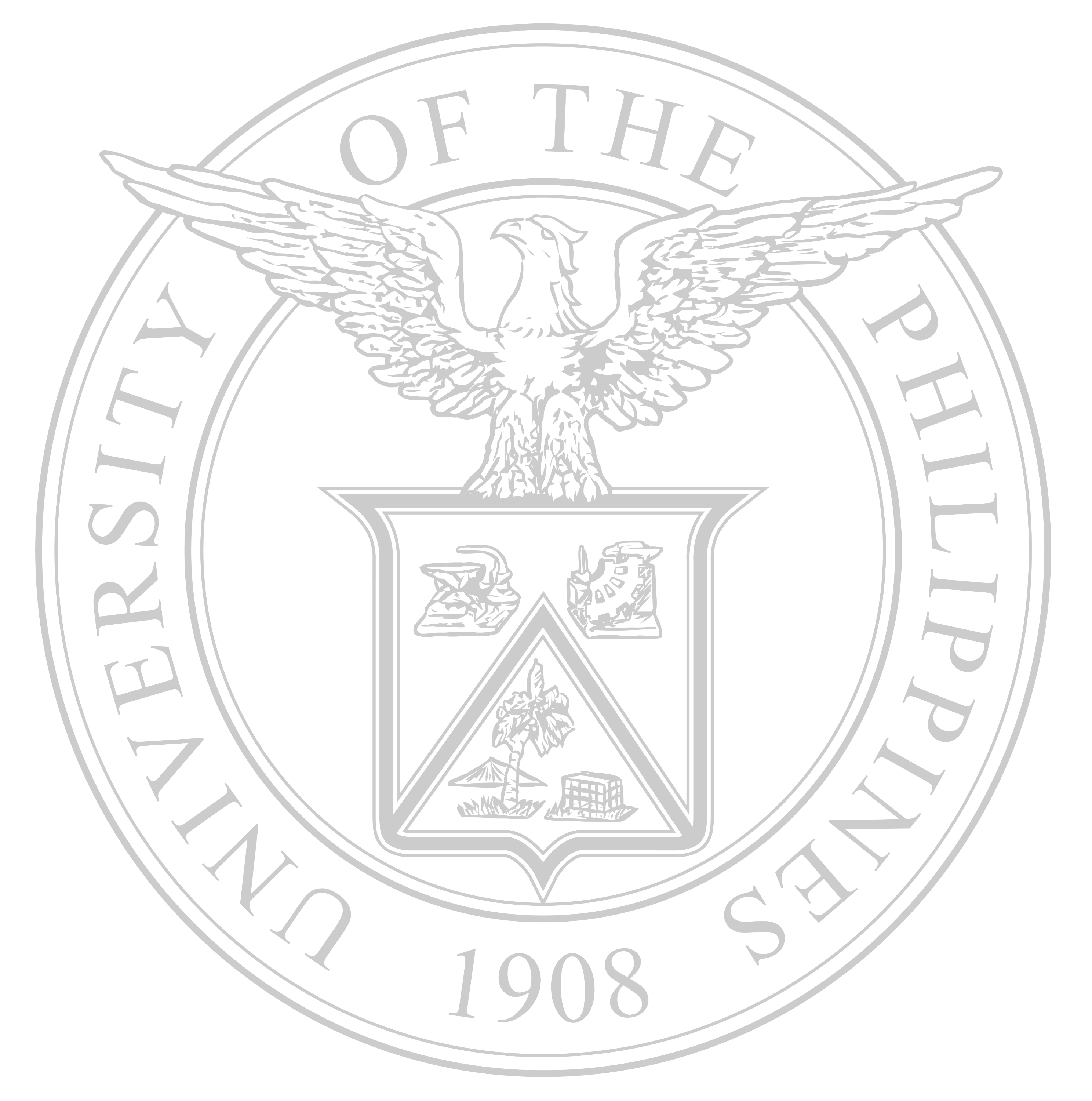top of page


NEWS AND ANNOUNCEMENTS
Stay informed about the latest updates from the UP Department of Geodetic Engineering (UP DGE) and the UP Training Center for Applied Geodesy and Photogrammetry (UP TCAGP). Stay connected with faculty achievements, student activities, and innovations shaping the field of Geodetic and Geomatics Engineering.
UP DGE CWTS Students Deliver Community Maps to Brgy. Tatalon, QC







Service
Wednesday, May 28, 2025
UP DGE CWTS 2 students capped off their community mapping initiative by turning over flood hazard maps, asset maps, and disaster preparedness materials to their partner community in Brgy. Tatalon, Quezon City.
To cap off its community mapping project for the academic year, students from the CWTS 2 classes under the UP Department of Geodetic Engineering formally turned over their final outputs to their community partner, the Grotto Neighborhood Association of Barangay Tatalon, Quezon City on 17 May 2025. The outputs included community asset maps, flood hazard maps, brochures, and posters containing information on flood response. These materials were the result of a semester-long effort grounded in fieldwork, community consultations, and geospatial analysis.
This turnover event marked the conclusion of a meaningful collaboration where students applied their technical knowledge in service of a real-world cause. The project included geotagging and asset mapping activities, flood validation interviews, and hands-on map reading workshops—designed to equip the community with practical knowledge for disaster preparedness. With students coming from various academic backgrounds, the CWTS 2 program became a platform for interdisciplinary engagement, advancing the use of geospatial information to address urgent local issues.
The focus on flooding stemmed from initial dialogues with the community, where it became clear that it was their most urgent concern. Drawing inspiration from the DREAM Program, the class organized their work into components: data acquisition using tools like OsmAnd, exposure assessment, validation interviews, map literacy training, disaster response plan reviews, and the development of educational materials. Students took on the challenge of creating outputs that would be not only technically sound but also accessible and useful for the residents of Barangay Tatalon.
This project would not have been possible without the generous support of the community. Local leaders like Sam and ‘Nay Mel, together with other residents, assisted students in the field and shared their lived experiences during past flood events. The Barangay Tatalon staff also provided insight into the barangay's flood response mechanisms. Project NOAH’s flood hazard data further enriched the analysis and maps produced.
With the rainy season approaching, the team hopes these materials will help improve disaster preparedness, raise awareness, and support safer planning. While these outputs alone cannot solve the systemic roots of flooding, they aim to empower residents with information that can inform future action. Ultimately, flooding is not just a technical issue—it is also infrastructural, political, and deeply social. Any solution must center the people most affected.
The UP DGE continues to pursue its mission of integrating geodetic engineering into responsive and inclusive community development—guided by the University’s values of honor, excellence, and service. This project exemplifies that commitment. Beyond the technical learning, we hope that students walked away with a deeper sense of purpose: to use their skills not only for academic success, but in service of the nation and its people.
bottom of page

